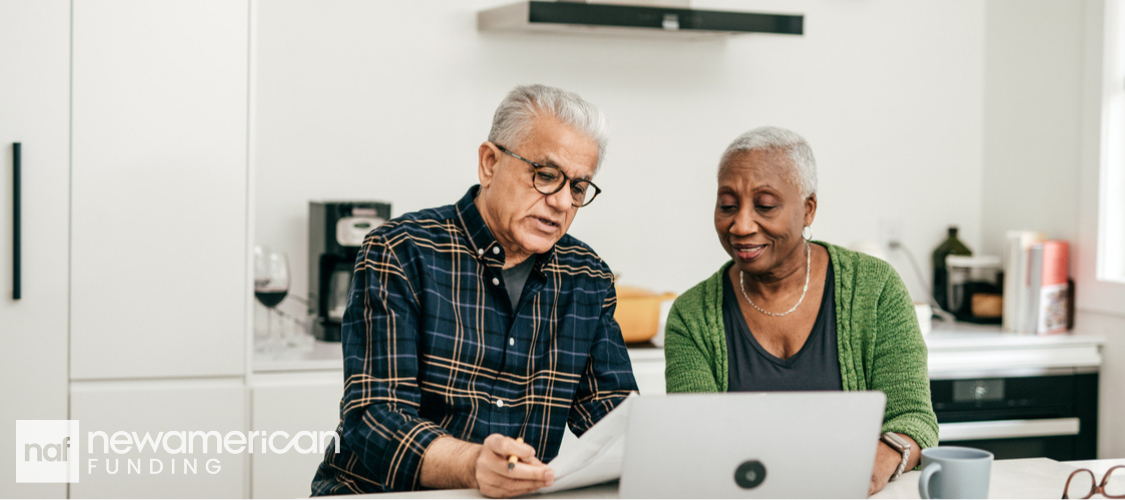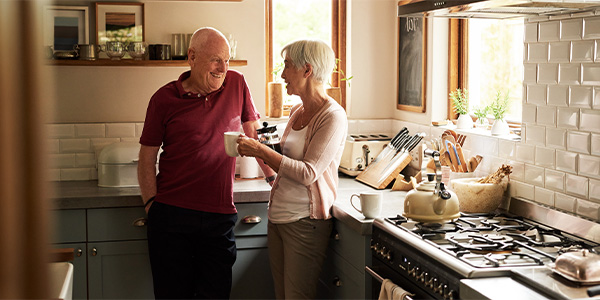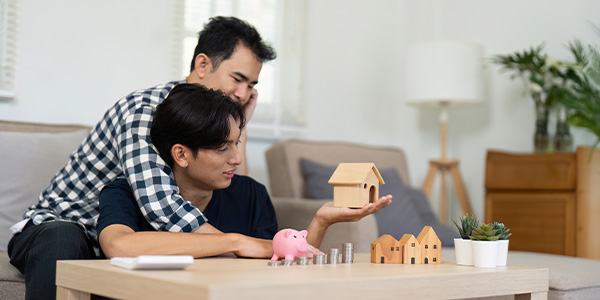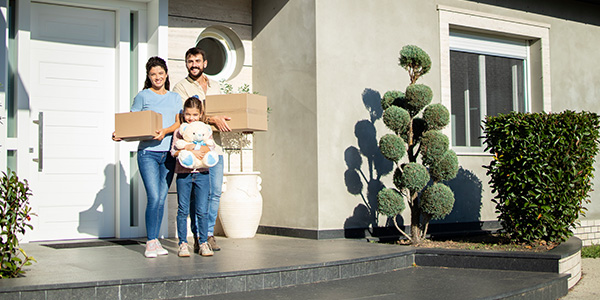Homeowners
How to Use Your Home Equity to Buy Your Next Home
November 15, 2024
It’s long been said that a person’s home is often the most valuable thing they will ever own. But many people may not know just how valuable their home is—and how it can help them to purchase their next one.
Nationwide, home prices have risen by a “whopping 47%” since just before the pandemic began, according to a recent report from the Joint Center for Housing Studies of Harvard University.
This means that homeowners have seen a substantial increase in home equity. In fact, homeowners now hold an average $315,000 in equity, according to a report from housing data provider CoreLogic.
The question for many homeowners is what they do with that equity. Some are finding ways to turn it into cash, while others are using it to buy new homes through loans like the Home Equity Conversion Mortgage (HECM.) These loans are commonly known as reverse mortgages.
It’s not a common practice, but it is a unique homebuying option that presents existing homeowners ages 62 and older with an opportunity to buy a new home without a mortgage payment.
There were only around 2,000 reverse mortgages used to purchase a new home in 2023, according to the FHA Annual Report to Congress. Conversely, there were more than 30,000 other reverse mortgages used for traditional cash-out or refinancing existing loans.
However, the number of reverse mortgages used to buy a home could climb in the coming years.
“When people learn the benefits and opportunities that home equity can provide to achieve retirement comfort stability and happiness, we will see a tremendous increase in utilization,” said Lorraine Geraci, Reverse Talent and Development Manager at New American Funding.
Unlocking your home's potential: A guide to using home equity
Home equity is the difference between the home's value and the homeowner's mortgage balance. Equity is built over time as the property value increases and the mortgage balance is paid down. Basically, it’s how much of the property homeowners really “own.”
Equity can be useful whether homeowners want to buy a second home, renovate their current home, or consolidate high-interest debts. They could even use their equity to help them to trade up to a more expensive home. However, they may still have a mortgage payment for their new property.
But what if there was a way to use home equity to buy a home, get cash, and not have a mortgage payment? It turns out that there is: a reverse mortgage for purchase.
A novel way to buy a home with a Home Equity Conversion Mortgage

HECMs, which are reverse mortgages that may be available to homeowners ages 62 and older, can be a useful tool. They allow homeowners to access the value of their homes without having to sell or move out. HECMs are backed by the Federal Housing Administration (FHA).
With a reverse mortgage, the borrower doesn’t make monthly mortgage payments. The loan is repaid when they move out or pass away, and the balance and interest are typically covered by the sale of the home. Typical reverse mortgages keep older homeowners in their home but allow them to use their equity for life expenses.
But that’s not the only way to use a reverse mortgage.
“Many people know that reverse mortgages provide people with an opportunity to extract some equity from their primary home to have cash liquidity without a monthly mortgage payment obligation,” said Geraci. “But many do not know that you can also buy a new home and get a reverse mortgage at the same time.”
According to Geraci, using a reverse mortgage for purchase may allow folks to keep some of the money from the sale of their current home instead of putting all of it into a new home.
“People that are in or near retirement often need cash, not equity,” Geraci said.
In this scenario, an older homeowner could sell their existing home, use some of the money they earn from the sale toward the purchase of a new property, and use a reverse mortgage to cover the rest of the cost.
This allows them to “keep some of their liquid cash for the many other things they will want and need to pay for during their retirement years,” Geraci said.
And they no longer have a monthly mortgage payment.
When it makes sense to use a reverse mortgage for purchase
There may be several situations where it could be advantageous for a homeowner to use a reverse mortgage to buy their next home. For example, many older homeowners may want to downsize to a smaller home if their children no longer live with them. Others may seek a larger residence.
In either scenario, a reverse mortgage does not require monthly mortgage payments. But the loan becomes due when the borrower sells the home, moves out, or passes away.
“Using cash to buy a home certainly sounds very appealing, however, when someone does this, often that cash is all or most of what they have,” Geraci said. “With a reverse loan, the buyer can invest less toward the home purchase, supplement the difference with a reverse loan, and keep the remaining cash for the many other needs they will have.”
Older homeowners may also be able to creatively use a reverse mortgage to buy an investment property.
Since reverse mortgages can only be done on the borrower’s primary residence, some people will buy a multi-family home up to four units, live in one, and rent out the other units for rental income.
“If a homeowner has enough available equity in their current primary residence, they may be able to get a reverse mortgage refinance and buy a secondary home,” Geraci said. “And [they may] have no mortgage payment requirement in either place.”






 Smart Moves Start Here.
Smart Moves Start Here.